Rhythms of Brazil | Trip Itinerary
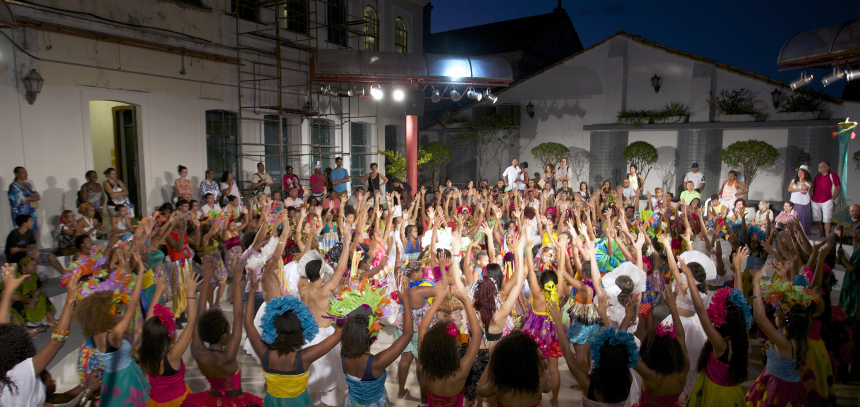
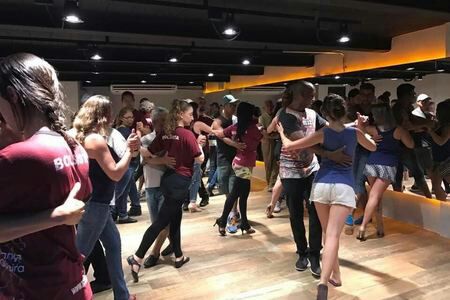 Day 1: Arrival in Rio.
Day 1: Arrival in Rio.
On arrival in Rio; Brazil’s most well-known city nestled in one of the truly iconic landscapes of South America; a driver and local guide will be waiting at the airport to transfer to the hotel.
This evening best spent at leisure, beginning to absorb the sights and sounds of one of the most versatile cities on earth.
Day 2: Full day tour of Corcovado and Sugarloaf Mountain, with lunch
Today is a full though varied day, witnessing several different sides to the city. The first full day in Rio promises action and iconic landscapes with an 8-hour tour that combines the top downtown highlights with Sugarloaf Mountain and Corcovado. First, a visit to the contemporary Metropolitan Cathedral, with its vast stained-glass windows, and the Aterro de Flamengo, a tranquil park with lawns and blossoming trees. From the park you can catch glimpses of the next stop; Sugarloaf Mountain, before moving on to the Urca neighborhood, one of Rio's older districts located in the shadow of its peak. Here, a cable car ascends Morro da Urca, passing over rugged terrain, to the summit, some 400 meters above sea level. Dramatic views of Copacabana Beach, Guanabara Bay and Christ the Redeemer are enjoyed from the cable car on the way up, with the vistas from the crown being an early highlight of the day.
With feet back on the ground, lunch is served at a traditional Brazilian steakhouse, the perfect way to keep up the energy levels after a morning of sightseeing. Suitably nourished courtesy of this gastronomic gem, it is onward to the Cosme Velho district to board a cog and pinion railway cart. This carriage climbs the steep, forested hillside leading to the peak of Corcovado, and the famous Christ the Redeemer monument. As iconic as the monument itself is; the breathtaking views of Copacabana, Ipanema, the Botanical Gardens and Rodrigo Freitas Lagoon are just as memorable and well worth taking the time to appreciate fully. Having digested the city from above, a gentle descent back down comes courtesy of the same shuttle train. Carriages will pass over the lush vegetation, streams and waterfalls of Tijuca Forest Reserve, and once at ground level; there is time to make a photo-stop at the famous Mário Filho or 'Maracanã' stadium, and the nearby Sambódromo. (B, L)
Day 3: Samba lesson and Brazil by night
It is not just during Carnival season that the rhythms of samba take over Brazil. This iconic dancing style is synonymous with Brazilian culture and musical heritage, in Rio and throughout the country on a day-to-day basis. In the company of one of the cities most recognized carnival dancers; Professor Mayombe Massai, you will learn the steps, techniques and beats of Samba in the renowned Jimmy de Oliveira Academy, during a one-and-a-half-hour lesson.
This evening, it’s time to test your newly learned moves against the natives, with a night time tour of some of Rio’s trendiest music and dance venues. From off the beaten track live music bars, to outdoor samba parties and traditional local haunts such as samba de raiz, or forró dances, with forró being a typical dance style of the northeast, tonight, there will be something for everyone. The exact locations will depend on your specific musical or artistic interests, and exactly where the main attractions are on any particular evening. (B)
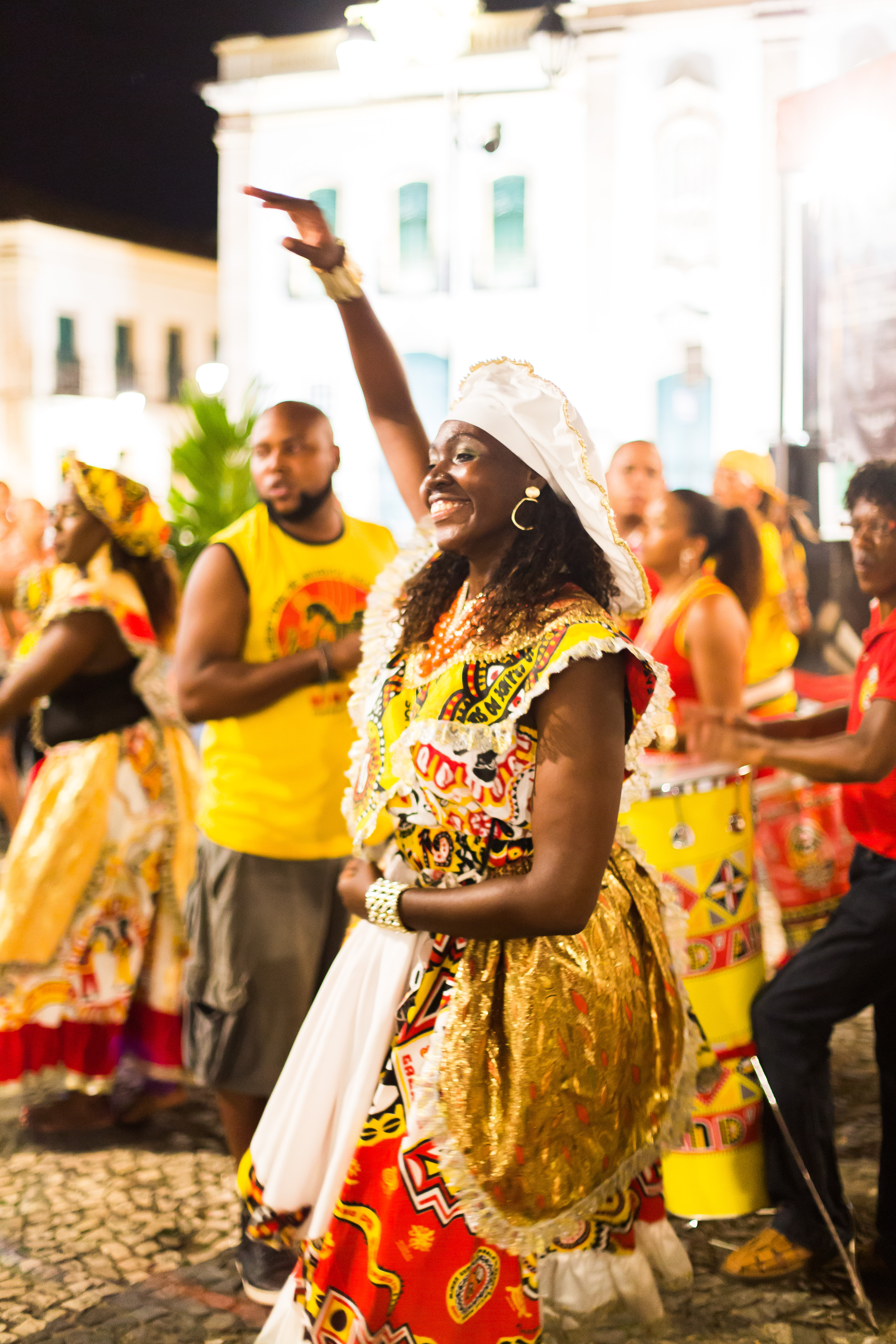 Day 4: From Rio to Salvador
Day 4: From Rio to Salvador
A driver will be on hand for the journey to the airport, and flight to Salvador da Bahia. On arrival in Salvador, a guide and vehicle will be there to assist. From here, it is onward to the hotel for check-in, and enjoy the rest of the day at leisure.
Salvador de Bahia, sitting proudly atop the All Saints Bay, was Brazil's historical first capital. For Brazilians, Bahia is synonymous with a more relaxed pace of life compared with other main cities such as Rio or São Paulo, and more than any other city represents the fusion of culture, history, food, dance and religion which spreads throughout the country.
This evening, an enjoyable introduction to cultural Salvador, courtesy of a dinner, and evening show focusing on the traditional elements of local folklore, explored through a unique combination of interpretive dancing styles. Particular attention during the show is paid to the Afro-Bahian cultural traditions such as Samba de roda, Maculelê, Candomblé and Capoeira, making for the perfect start to your time in the city, especially ahead of tomorrow’s visit to the Capoeira dance school! The restaurant venue and theatre of choice will change depending on exactly where performance is being held on any given day. (B, D)
Day 5: Full Day city tour and introduction to Capoeira
Today will take a look at some of the city’s cultural heritage, before trying your hand at the region's famous dancing style. Beginning with a short morning walk at the Barra Fort Lighthouse and Port; this preserved structure and surrounding defenses date back to the mid-16th century, making it the oldest military building in Brazil, out-dating the full founding of Salvador itself. Today, the complex hosts a Maritime Museum, full of ancient relics, shipwrecks, and artefacts relating to the origins of the city.
From Barra, head to the Santa Maria and São Diogo Fortifications, idyllically situated on a rocky outcrop towards the end of a long sandy bay. Next up are the traditional neighborhoods of Corredor da Vitória, Campo Grande, and Piedade, with the central square at Campo Grande, noted as a popular place to be during the Salvador Carnival. From here, the tour continues to the UNESCO World Heritage site of Pelourinho, Salvador's historical center and one of the highlights of this trip. Pelourinho is awash with colonial buildings and traditional churches dating from the 17th and 18th century, the perfect place to stop for lunch and take in these magnificent surroundings. In addition to the churches, museums, galleries, and local artist studios, particular highlights of Pelourinho include; Novelist Jorge Amado's House, São Francisco Church and the Cathedral Basílica, with the traditional Cravinho Bar being a great place to pick up some native food along the way! The tour passes the Pierre Verger Gallery, and the studio of Goya Lopes (a Bahian textile designer who seeks inspiration from African-Brazilian influences in Bahia) ideal if looking for locally produced artwork and artefacts.
After lunch (included), a change of pace in the form of a visit to Escola de Capoeira do Mestre Bimba, the most famous training center of the Capoeira martial art form in Salvador. Capoeira is a Brazilian combative art developed by African slaves which combines elements of one on one battle with music and dance. Characterized by fluid, powerful moves, the art form is known for its combination of grace and strength, distinguishable for its heavy reliance on music as an integral element, with the school offering you the chance to participate in all of its elements.
Having got to grips with Capoeira, it is back to the hotel for a well-earned rest. (B, L)
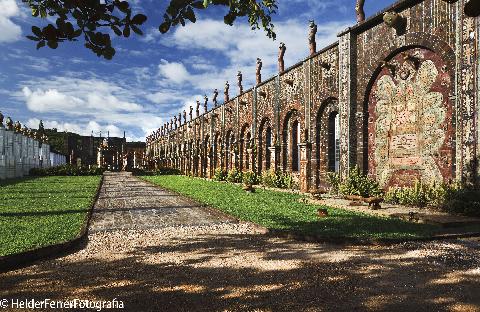 Day 6: From bustling Salvador to charming Olinda
Day 6: From bustling Salvador to charming Olinda
This morning will involve a transfer to the airport, and onward flight to Recife, the ‘Venice of Brazil’. On arrival in Recife, a guide and vehicle will be ready and waiting to assist. From here, it is onward to the UNESCO world heritage site of Olinda.
Founded in 1535, Olinda is one of Brazil’s best-preserved colonial towns, recently becoming the country’s first Culture Capital. Built on a hillside, the steep cobbled streets run between colorful colonial houses overlook Recife and the emerald seas which lap into the surrounding bays. Many consider Olinda to be one of the most charming, authentic and picturesque places to visit in the whole country.
After hotel check-in, enjoy the rest of the day at leisure. (B)
Day 7: Walking tour of Olinda
A walking tour of Olinda with a local guide is an excellent way to get familiar with this ancient town, and its unique character. Some of the more interesting sites include the 16th century Gold clad Mosteiro de São Bento, the Igreja da Sé (first cathedral and parish church in Northeast Brazil), the Convent of Saint Francis and the former slave market. In addition to the iconic attractions of Olinda, just wondering the streets and observing the brightly colored houses, painted façades, or modern-day art/music scene is a lesson in the historical roots and contemporary culture of the town, and indeed of Brazil. (B)
Day 8: Tour of Recife & a traditional Frevo class
Today is split into two distinct parts. First, a guided tour of some of the historical gems and socially significant sites in central Recife, a town characterized by its Dutch influence and quaint townhouses. The tour begins at Praça da Republica, a lavish square flanked by the imposing Law Courts, Governor's Palace and Santa Isabel Theatre, before moving onto the hidden treasure of Capela Dourada, a gilt-clad church known for its astonishing paintings and ornate tiles. Walking on, the convent at Praça do Carmo, and the 19th Century pedestrian square of Patio de São Pedro are particular highlights. Next, it is on to the grand 18th-century Baroque church of Concatedral de São Pedro dos Clerigos, and Forte das Cinco Pontas, the city museum built on an early 17th century Dutch Fortress, before finally arriving at Paço do Frevo, a museum dedicated to the history of carnival dance in and around Recife.
Before lunch, pay a visit to the Cais do Sertão Museum, which is dedicated to the influence Luiz Gonzaga had on north-eastern Brazilian culture. Luiz was an influential popular music figure in the 20th century, known to showcase the musical genres of the region as well as giving the traditional rhythms of forró to the rest of Brazil; a perfect warmup for this afternoon’s dance lesson!
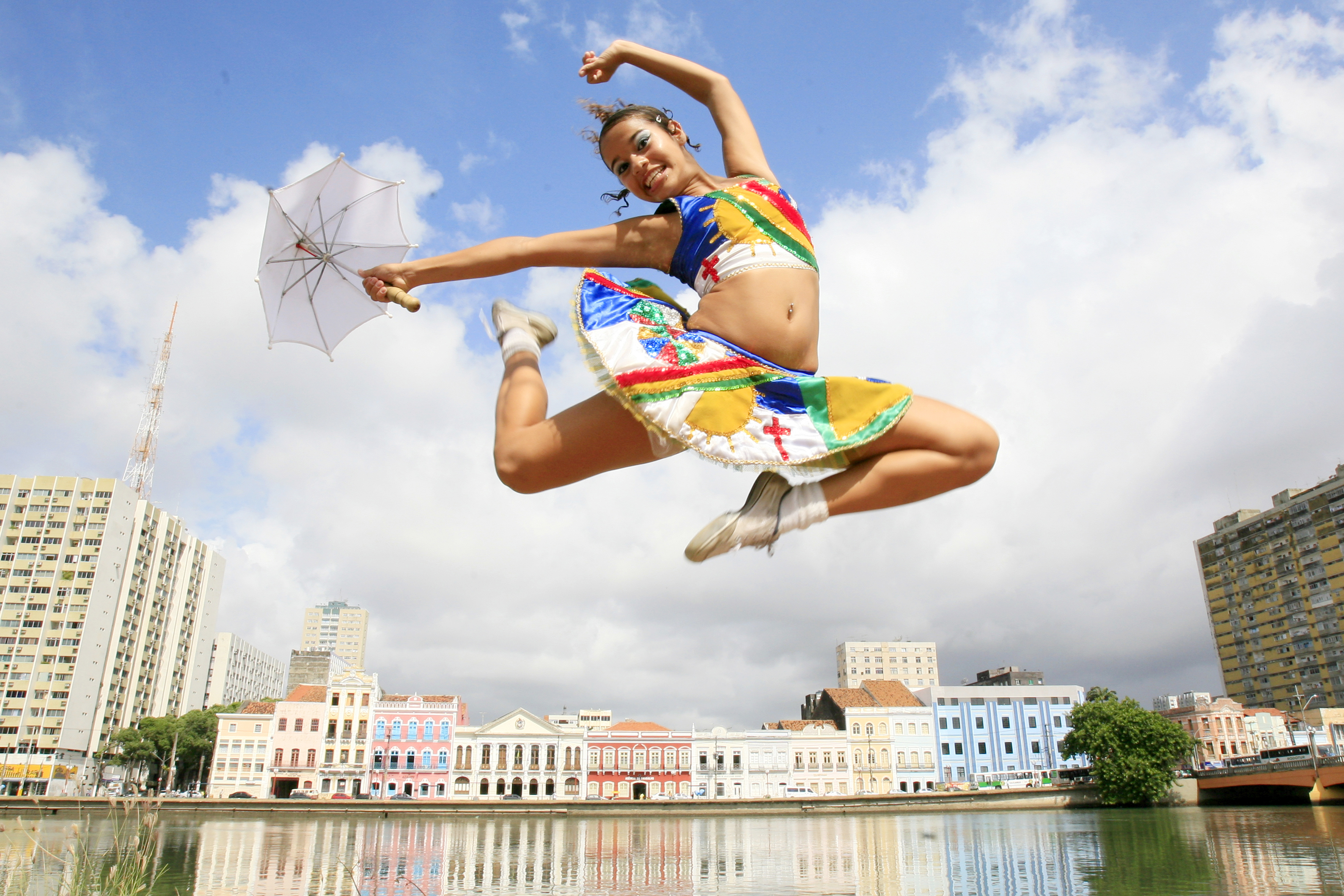 After eating, it’s time to try your hand at another of Brazil’s famous musical dancing styles, with a small group Frevo lesson in a nearby studio.
After eating, it’s time to try your hand at another of Brazil’s famous musical dancing styles, with a small group Frevo lesson in a nearby studio.
Though loosely inspired by the principles of Capoeira; Frevo represents more than just a dance, and is, in fact, a complete artistic expression of Brazilian cultural heritage throughout the country. Booming saxophones, trombones and tambourines give life to the energizing rhythm and steps of this technique, which blends multiple musical genres and styles to create a typically Brazilian fusion of high-energy, positive expression, through the use of props, flags, and highly skilled moves.
This evening, why not put all of your newfound skills to the test in one of the lively local nightspots of the town. (B, L)
Day 9: Homeward bound
On the last day of the tour, a driver will be on hand at the required time for a transfer from the hotel to the airport, in preparation for onward flights. (B)
B=Breakfast; L= Lunch; D=Dinner
Departures
Daily
3 star hotels
from $1300
4 star hotels
from $1450
5 star hotels
from $1675
